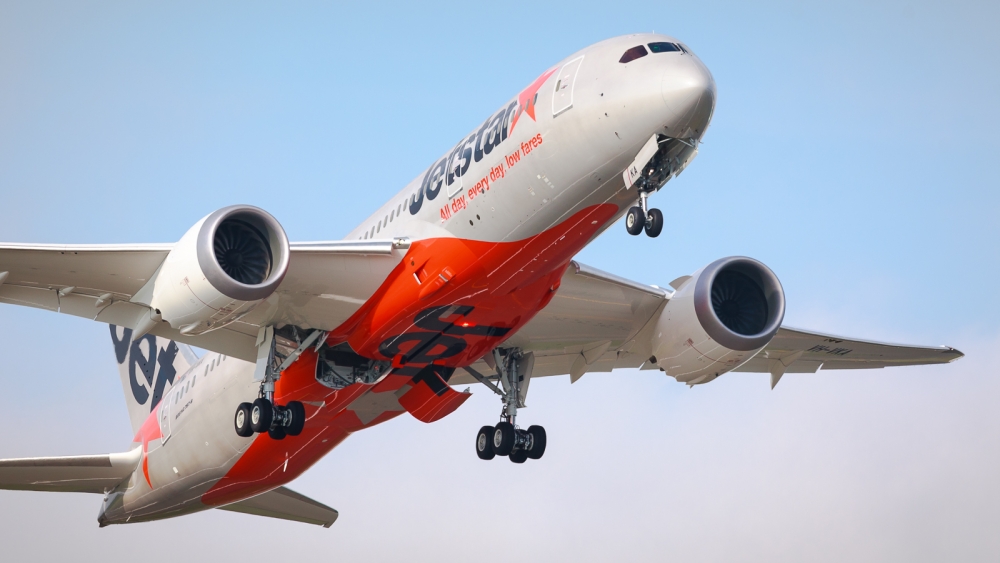Dreamliner flight crew praised for professionalism during icing incident
13 June, 2017
2 min read
By joining our newsletter, you agree to our Privacy Policy


The flight crew of a Jetstar Boeing 787 has been praised for a high degree of professionalism after icing shut down the Dreamliner's autopilot and made some automated flight protections unavailable.
The plane travelling from Melbourne to Singapore in December, 2015, was about four hours into the flight and north of Australia when airspeed indications became erratic.
An Australian Transport Safety Bureau report released Thursday revealed the autopilot disconnected and the primary light control system reverted to a secondary mode that did not include some automated functions and protections. These included the autopilot as well as systems designed to protect against aerodynamic stalls and help control pitch, roll and yaw.
The airspeed returned to normal after about 17 seconds but the aircraft remained in the secondary control mode and could only be flown manually.
The crew decided to jettison fuel and divert to Darwin, where they landed safely.
“In this case, the crew showed a high level of professionalism in response to a weather-related event,’’ the ATSB said. “The crew demonstrated high levels of communication and coordination, promptly applied checklists and procedures.”
Investigators found that monsoon-related weather in the area was conducive to ice crystals capable of affecting three pitot sensors used to calculate airspeed and the plane’s angle of attack, the angle between the wings and the air flow.
They said the impact of icing caused the recorded airspeed to drop below a point that triggered the secondary flight control mode. The flight controls remained “latched’’ in this condition and could only be reinstated to normal mode on the ground.
“Boeing revised the flight control software to reduce the chances of reverting to secondary mode in a short duration, erratic airspeed event,’’ the investigators said.
The ATSB found two similar events involving B787s and pointed to a move by the US Federal Aviation Administration in response to one of these to publish an airworthiness directive warning flight crew not to make large abrupt magnitude flight control inputs in response to unrealistic drops in airspeed.
Boeing also made flight control software changes to take this into account.
Next Article
3 min read
Virgin gets nod for Tiger deal

Get the latest news and updates straight to your inbox
No spam, no hassle, no fuss, just airline news direct to you.
By joining our newsletter, you agree to our Privacy Policy
Find us on social media
Comments
No comments yet, be the first to write one.
